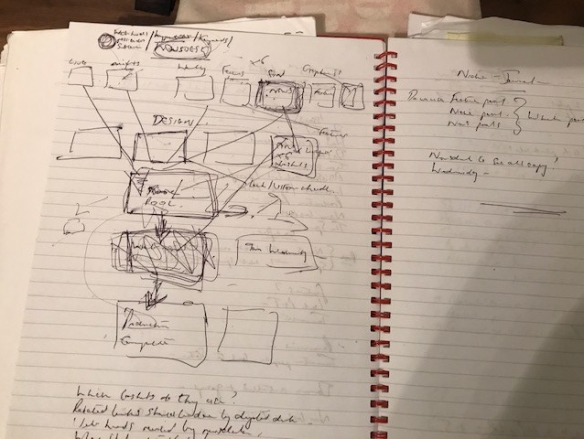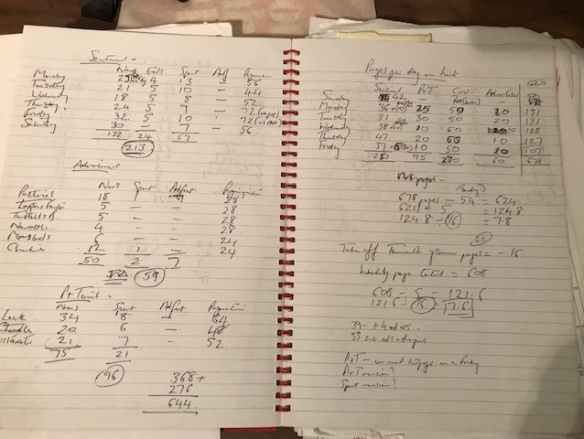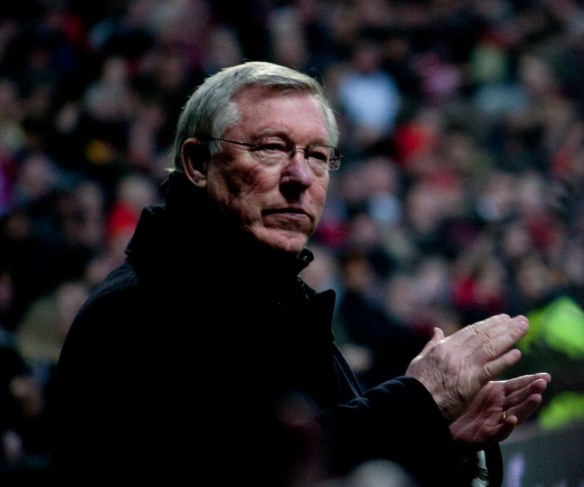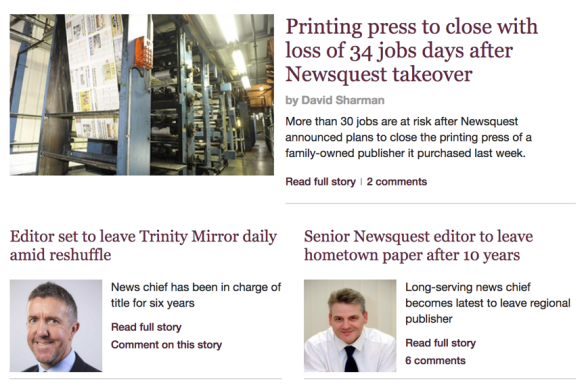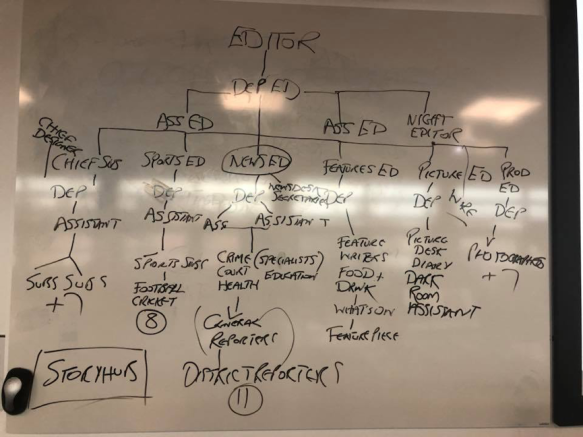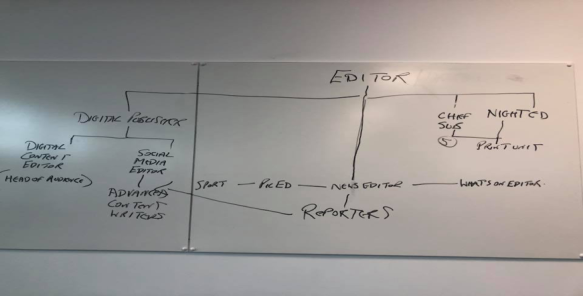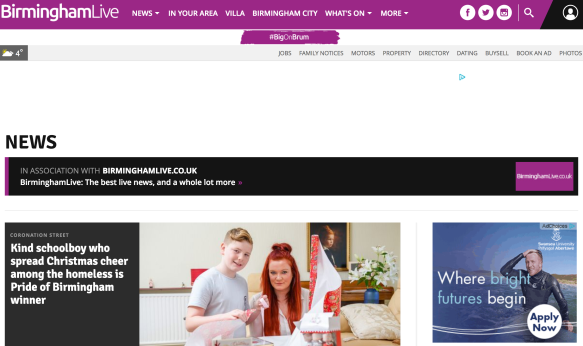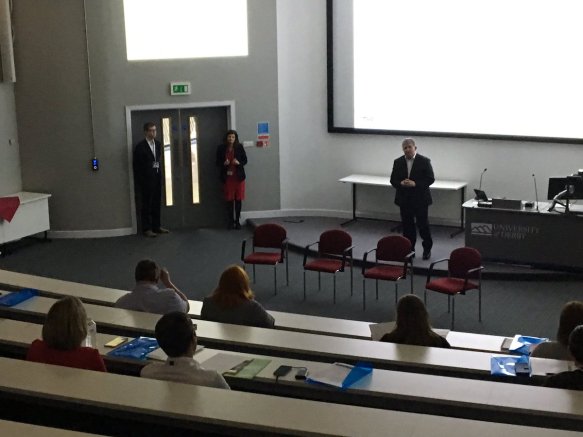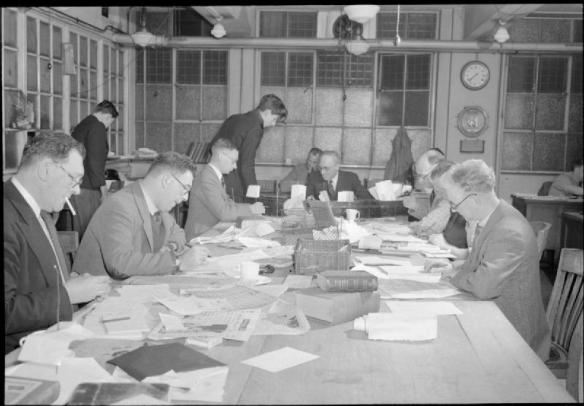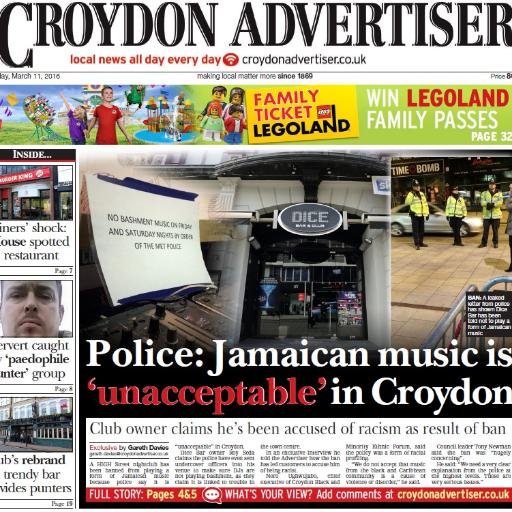
Regional newspaper journalists have been poached by American-based sports website The Athletic to join its new UK operation.
So what is the big transfer news of the summer, Pogba off to Real Madrid or Neymar to Barcelona?
Not in the world of journalism, where sports journalists have been leaving regional newspapers faster than you can say clickbait to move to the American-based sports website, The Athletic.
Some of the cream of the regional newspaper footballing world have been poached.
Meanwhile, those at the top of the regional newspaper world must be pondering if The Athletic can gain a major foothold in the UK by picking up audience.
According to holdthefrontpage.co.uk those who have transferred to The Athletic include include the Liverpool Echo’s Liverpool FC reporter James Pearce, Yorkshire Evening Post Leeds United writer Phil Hay and Express & Star Wolverhampton Wanderers correspondent Tim Spiers.
It is understood more are following the pilgrimage including Leicester Mercury’s Leicester City reporter Rob Tanner, Birmingham Mail Aston Villa reporter Gregg Evans and The Argus Brighton and Hove Albion reporter Andy Naylor.
In a way, with the demand for football stories and the growth of football journalism, it is one of the few areas where recruitment seems to be rising.
But to leave the relative comfort of their regional newspapers and head for The Athletic is, from an outsider looking in, a gamble.
Cynics would say that the reported double your money offers may have helped this leap of faith, with the writers said to be on about £37,000 and being offered a nice $75,000 to join their new mates from America.
So is it safe for these journalists to leave for an organisation which is in its infancy? The Athletic only started a couple of years ago and is firmly based across the Atlantic.
It is making a big play for the Premier League audience by looking to recruit 50-55 people, mainly writers, prior to the season starting in August.
The Athletic is different to most regional newspaper models. Its business is based on a paywall, there aren’t any intrusive ads dive bombing you as you attempt to read each paragraph of a story.
James Mirtle, the editor-in-chief of The Athletic, Canada, makes the case for subscription. He points out that it’s difficult to make decent money based on clicks suggesting that a top story would only ever make $75-$100, hardly enough to pay a journalist.
He has a point.
James argues that while most people question the need to pay for journalism, the reality is that the existing businesses based on clicks may not generate the right levels of income to make them sustainable. Thoughtful stuff.
Finally, he says that the New York Times and Washington Post are pursuing subscription models because after doing their sums, it’s better to get two subscribers in terms of money than 20,000 clicks.
This is interesting if we reflect on what is happening in the UK. The Guardian, which is free to readers, has managed to get people to pay for its journalism.
Latest figures show that they have 655,000 subscribers and 300,000 readers who have made one-off contributions.
Meanwhile, The Sun ditched its paywall when it only had 200,000 subscribers in 2015 and by 2018 overtook the Mail Online by becoming the UK’s biggest newsbrand with more than 30m unique users a month.
The Times, Telegraph and Financial Times are three other titles which are appearing to sit comfortably behind a paywall.
UK regional titles have also flirted with paywalls. A decade ago Johnston Press, now JPI Media, tried to put smaller titles like the Whitby Gazette behind a paywall with little success.
The firm announced earlier this year that it was to put a partial paywall on two titles, The Star, Sheffield and The News, Portsmouth. Readers will have to pay £2 a week.
I’m unsure whether this will be a success, history so far tells us it won’t be. Readers don’t seem keen to pay-out for local news, local sport maybe different.
The only bright spot on the horizon is that there is a generation of people who now expect to pay for media, the culture of our country is changing.
Today they pay for TV (Netlflix, Sky), music (Spotify, Apple) and, of course, mobile phones.
So what can we conclude from these examples of paying or not for content?
I guess it is that you need to find a model that works best for your audience…that’s a bit of a cop out statement, sorry.
Clearly, Guardian readers are benevolent so dig deep while Sun readers would rather spend their cash on something else, in other words, there’s no clear pattern.
As I’ve said before, the issue with online is turning a coin. Newspaper groups have to fight tooth and nail to grab any cash online as both Google and Facebook hoover up the lion’s share of advertising.
This means for a company like Reach Plc, the largest newspaper group in the country, that revenues look lob-sided.
While to steams ahead with a web first policy with content as audience grows rapidly, back in the forgotten print rooms, the cash is still coming in as the newspaper sales decline.
The group revealed a few days ago that its digital revenue had increased by 9.7pc on a like for like basis from £41.5m to £48.7m, with average monthly page views on its websites growing by 16pc year on year to 1.2bn in 2019. Big tick.
But look at the print revenues. Ok, they declined slightly from £306.4m to £301.8m…but compare it with the £48.7m from online. Effectively, print is still the cash cow.
Fact, the income from online is closing that of print which is also in decline; fact, online will never make the same amount of money as print once did. This is because online is so competitive, print has never really faced the same fight for money.
So, back to The Athletic. Is it worth the risk for a group of well-respected football writers with reasonably comfortable lives at decent newspaper groups to leave for a project effectively in its infancy?
I guess the answer is probably ‘yes’. If the rumoured salaries are right, in a year they will get paid double what they would have received and more than any redundancy, if that became an issue.
Any company worth its salt would sit this project out for at least two to three years, in which time they will have earned what they would have received in six years if they had sat it out in their old jobs.
Then there’s the idea that the content required is different to the terms of engagement in traditional regional newspapers web operations.
This is what James says of The Athletic philosophy: “We’re focused on fans who want high quality, in-depth coverage of their teams, content that isn’t designed to service advertisers or clicks.
“It’s designed solely to be informative and entertaining. The Athletic would not happen on the ad revenue model. So far, we’ve seen that it can work through low-cost subscriptions. By all indications, we’ll be around for a long time.”
It seems James, maybe unwittingly, has taken a swipe at the publications his organisation has been so keen to ‘steal’ their writers from with an attack on click culture.
The good news for the journalists is that The Athletic wants ‘high quality, in-depth’ content, a dream for most hacks.
So the model for success according to The Athletic is to write brilliant journalism, ask readers to pay for it, go for quality, not quantity and don’t get hung up on getting thousands of clicks which won’t produce enough cash to pay the writer of the article.
In America, The Athletic has been a comparative success. Just a couple of days ago it was reported that the company now had 500,000 subscribers in the States.
In the UK it is expected that it will cost around £8 a month or £40 a year, possibly up to £60, to be a subscriber. The question is whether there’s a big enough market of football fans in the UK who will pay for content?
I hope so for the sake of the journalists who have taken the gamble to join up. Also, for the future of all up and coming football journalists, including those my colleagues and I teach, I hope it’s a success.
- Today (August1), holdthefrontpage.co.uk has reported that three more local journalists have left their posts, 24-hours before the new English season starts. While it’s not confirmed they are joining The Athletic, it adds to the major upheaval going on in the regional newspaper sporting world.


